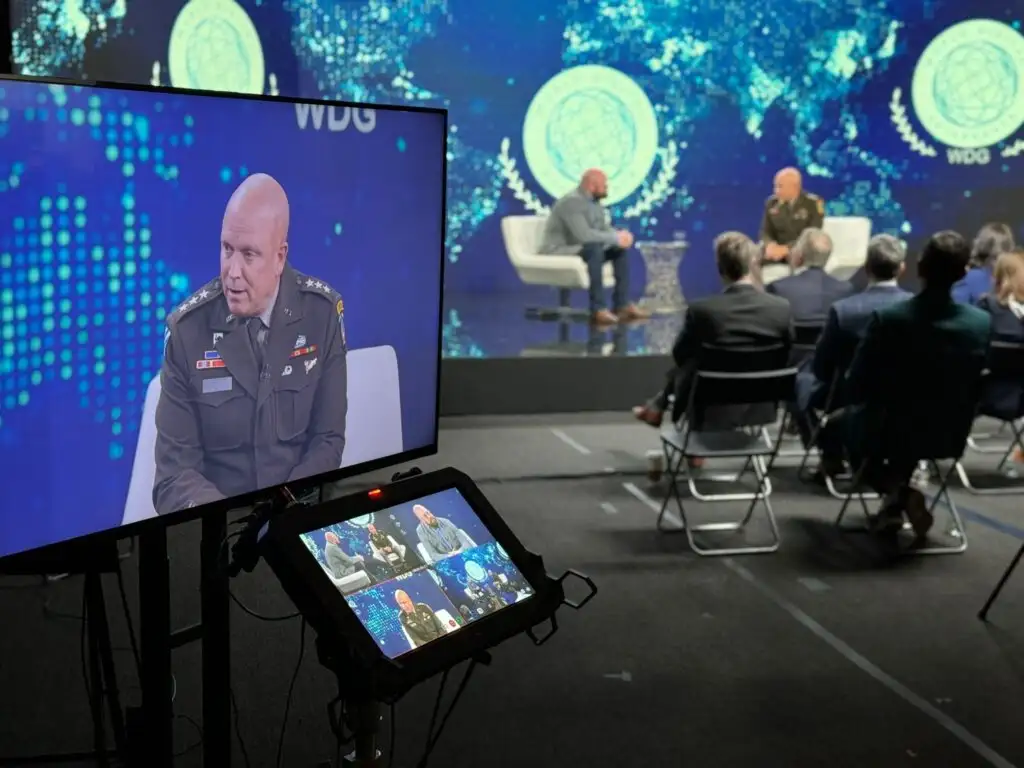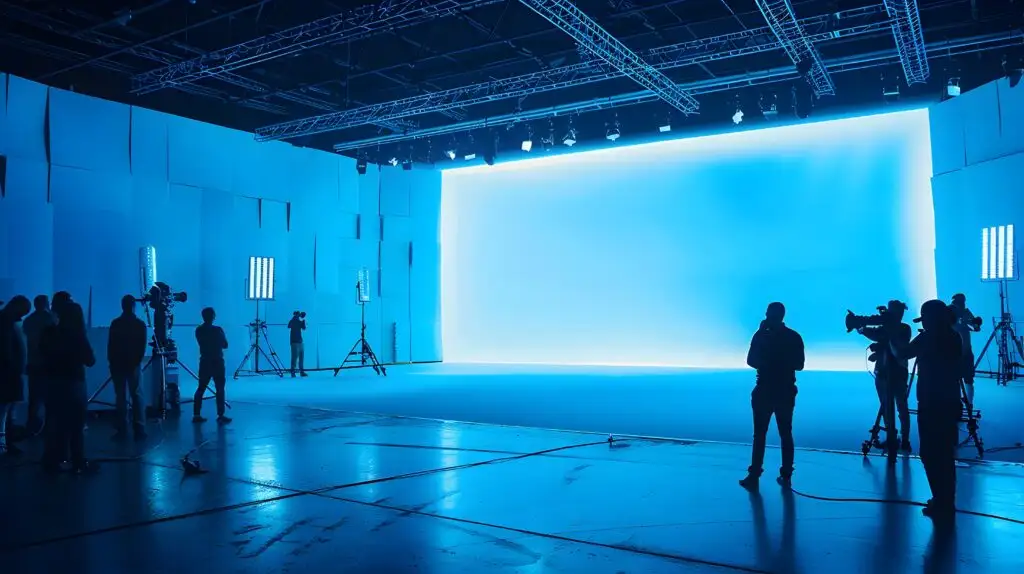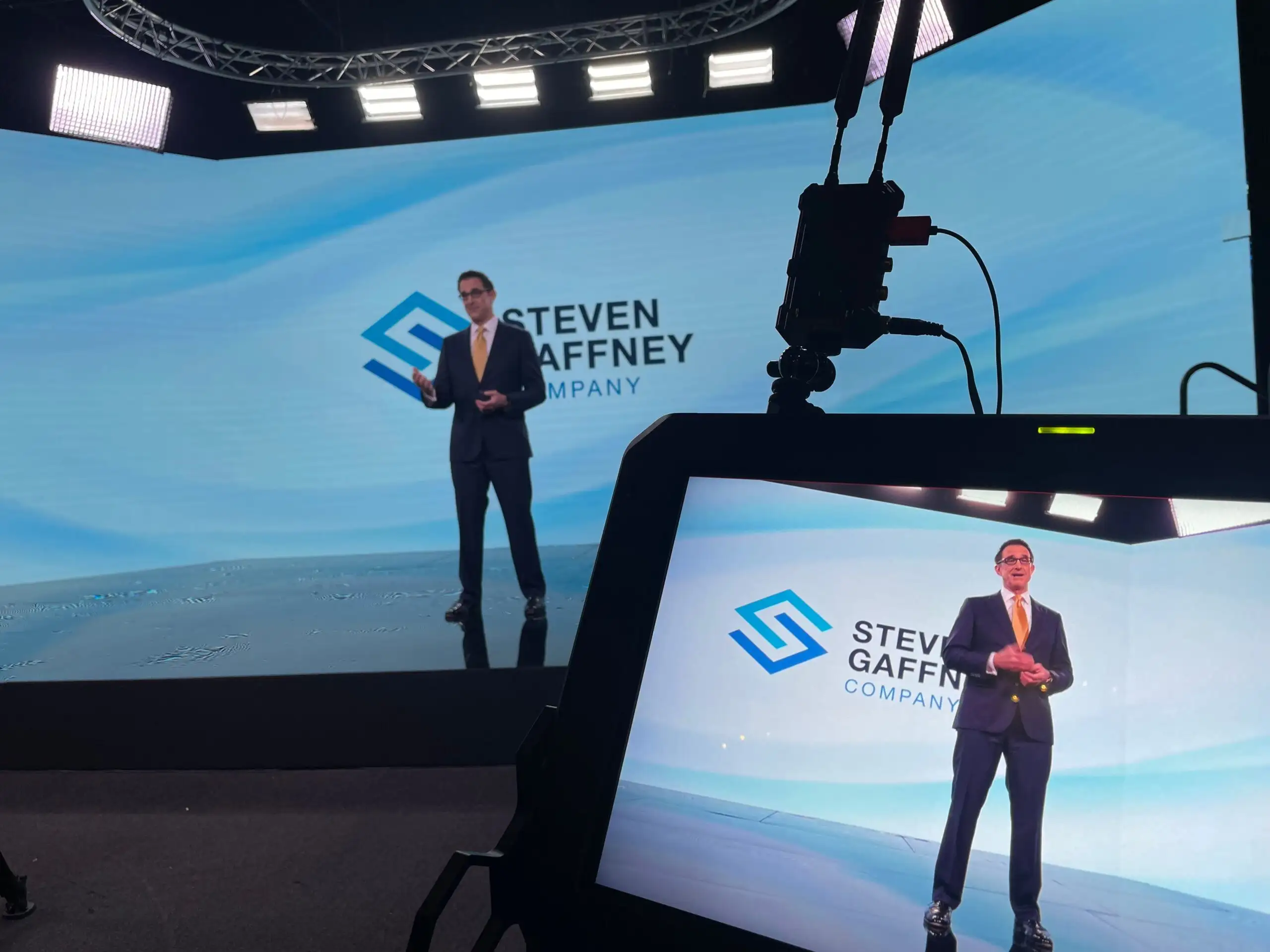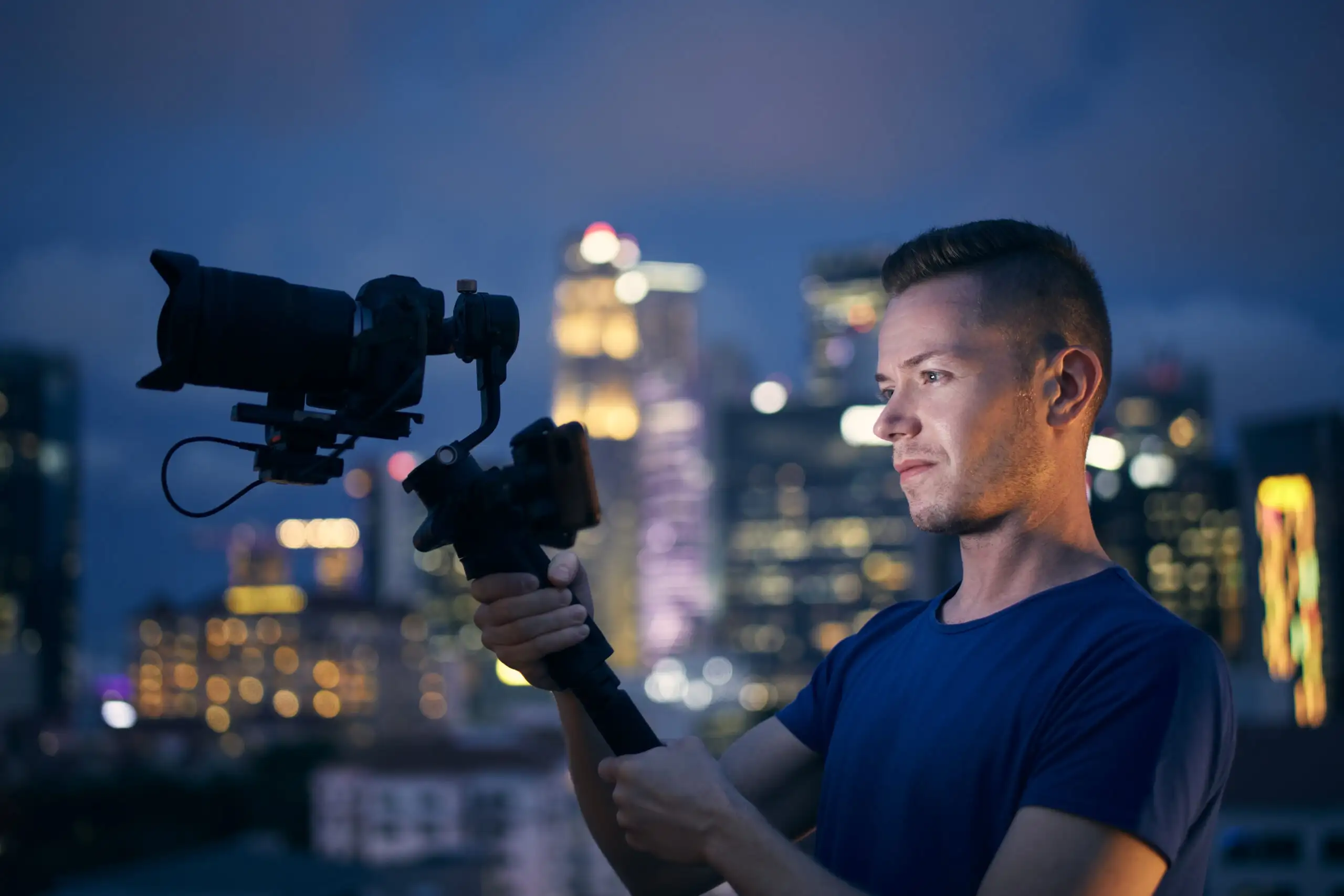7 Ways Virtual Production Studios are Shaping the Future of Video Production
As technology advances at a rapid pace, the video production industry is experiencing a significant transformation through virtual production studios. By integrating virtual environments, real-time rendering, and advanced LED technology, virtual production is reshaping how video content is created and delivered. From marketing videos to blockbuster films, the future of virtual production studios offers groundbreaking opportunities for content creators and brands alike. Here’s an in-depth look at how virtual production is setting the stage for the future of video production.
1. Enhanced Creativity with Limitless Set Designs

Virtual production technology offers a level of creative freedom that was once unimaginable. By using large LED walls, CGI, and augmented reality (AR) tools, producers can create expansive, detailed environments without the need for physical sets or on-location shoots. This is especially valuable in commercial and corporate video production, where brands can effortlessly adapt to various backgrounds and set designs in real-time, keeping costs low and quality high.
In the coming years, virtual production studios will further enhance flexibility, allowing content creators to design, modify, and personalize set environments instantly. Imagine shooting a single video with different backgrounds tailored to each target audience, or altering settings to reflect different seasons—all without moving a single prop. This technology will streamline the creative process and allow for a more dynamic, customized approach to content creation.
2. Real-Time Visualization for Faster Turnaround
One of the greatest advantages of virtual production is real-time visualization, enabling directors, clients, and teams to see the final product as it unfolds. Traditional video production often relies on heavy post-production to add visual effects, adjust lighting, or correct backgrounds. In a virtual production studio, however, everything from lighting effects to scenery changes can be achieved live, significantly reducing the need for extensive post-production work.
This real-time capability allows for faster project turnarounds, essential for brands that want to keep up with current trends or quickly respond to market demands. By accelerating production timelines, virtual production will allow marketers to create timely, relevant content more efficiently, giving them an edge in fast-paced industries.
3. Cost-Effective Solutions for Brands of All Sizes
Historically, high-quality video production was a significant investment, accessible mainly to large corporations with big budgets. Virtual production is changing this by lowering costs associated with location shoots, set construction, and travel. For example, an automotive brand can showcase its latest vehicle “on location” without having to physically transport it to exotic destinations; a retail brand can create virtual backgrounds to simulate different store environments or lifestyles.
As the technology becomes more affordable and accessible, virtual production will become a viable solution for businesses of all sizes, from small startups to multinational corporations. This democratization of high-end video production technology means brands can achieve cinematic quality without breaking the bank, leveling the playing field and allowing for greater creative competition.
4. Remote Collaboration and Global Accessibility
In today’s globalized world, virtual production is paving the way for seamless, remote collaboration. With cloud-based tools and virtual sets, teams can collaborate on video production projects regardless of their physical location, opening doors for global talent and specialized expertise. This capability is particularly valuable for video production in marketing, where teams from different regions may need to work together on campaigns tailored to various markets.
The future will see even more advanced tools for remote collaboration, from virtual reality (VR) editing suites to AR-enabled meetings, where clients and creatives can interact in real time. This level of accessibility will make virtual production studios essential for companies seeking to build cross-functional, global teams, ensuring quality and consistency across video projects.
5. Sustainable Production Practices
The shift toward virtual production also aligns with the growing focus on sustainability. Traditional video production often involves large crews, extensive travel, and significant material waste, especially when building and dismantling sets. By contrast, virtual production minimizes the need for travel, reduces on-set waste, and lowers energy consumption by containing production within controlled environments.
As environmental consciousness grows among consumers, brands can align their video production practices with eco-friendly goals by embracing virtual production. In the future, studios dedicated solely to virtual production could achieve near-zero waste and low energy usage, establishing a model for sustainable content creation.
6. Enhanced Storytelling for Video Marketing
In video marketing, storytelling is key to building brand identity and engaging audiences. Virtual production enables brands to tell richer, more immersive stories by creating captivating settings that transport viewers into a different reality. Imagine a tourism company presenting destinations in hyper-realistic settings or a fashion brand using virtual production to create a dreamlike atmosphere that reflects its latest collection. This level of storytelling was once only achievable in high-budget productions but is now within reach for a wide range of brands.
As audiences continue to demand personalized, engaging experiences, virtual production will allow brands to develop interactive and immersive videos. This can lead to innovative marketing campaigns that not only capture attention but also offer audiences a memorable experience, thereby deepening brand loyalty.
7. The Role of Artificial Intelligence in Virtual Production
The integration of artificial intelligence (AI) in virtual production is also shaping the future of video content. AI can automate tasks such as scene setup, lighting adjustments, and even video editing. Machine learning algorithms can analyze a video’s composition, understand brand guidelines, and make real-time suggestions to optimize visual impact and viewer engagement.
Looking ahead, AI could be used to personalize video content dynamically. For instance, AI could automatically adjust video settings based on audience preferences or analyze viewer interactions to create tailored content experiences. This technology could allow brands to create customized marketing videos, catering to specific audience segments and enhancing relevance and engagement.
Final Thoughts: Virtual Production as the Future of Video Content
The future of video production is bright, and virtual production studios are at the forefront of this transformation. As technology advances, we will see increasingly sophisticated tools, lower costs, and more accessible virtual production options that empower brands of all sizes to create stunning, effective video content. This shift will bring new possibilities for storytelling, faster production timelines, and sustainable practices, benefiting both creators and audiences alike.
For brands looking to stay competitive in today’s content-driven world, virtual production isn’t just an option—it’s an investment in the future. By embracing this technology, brands can produce high-quality, immersive video content that captures audiences’ attention and sets them apart in a crowded digital landscape. As we move forward, the synergy of creativity and technology in virtual production will unlock boundless opportunities in the world of video production.
TriVision’s Cutting-Edge Virtual Production Studio: Unleashing Creativity with Sustainability
TriVision’s Virtual Production Studios are equipped with state-of-the-art technology designed to bring any creative vision to life. Featuring high-resolution LED walls, advanced real-time rendering software, and integrated motion capture systems,
TriVision’s studios allow clients to create immersive, visually stunning environments without the need for extensive physical sets or on-location shoots. This capability offers brands and filmmakers unparalleled flexibility, whether they’re producing a commercial, corporate video, or an experiential event.
With a robust and experienced team skilled in virtual production and video production, TriVision can manage every stage of the process, from initial concept and pre-visualization to filming, post-production, ensuring seamless results and quick turnarounds. As a full-service production studio, we provide a full suite of creative solutions, including graphic design, visual graphics, and branding, to further enhance and elevate your projects
TriVision’s studios also prioritize sustainable production, using controlled environments to minimize waste and reduce environmental impact, making it an ideal choice for clients seeking both innovative and eco-friendly production solutions.





